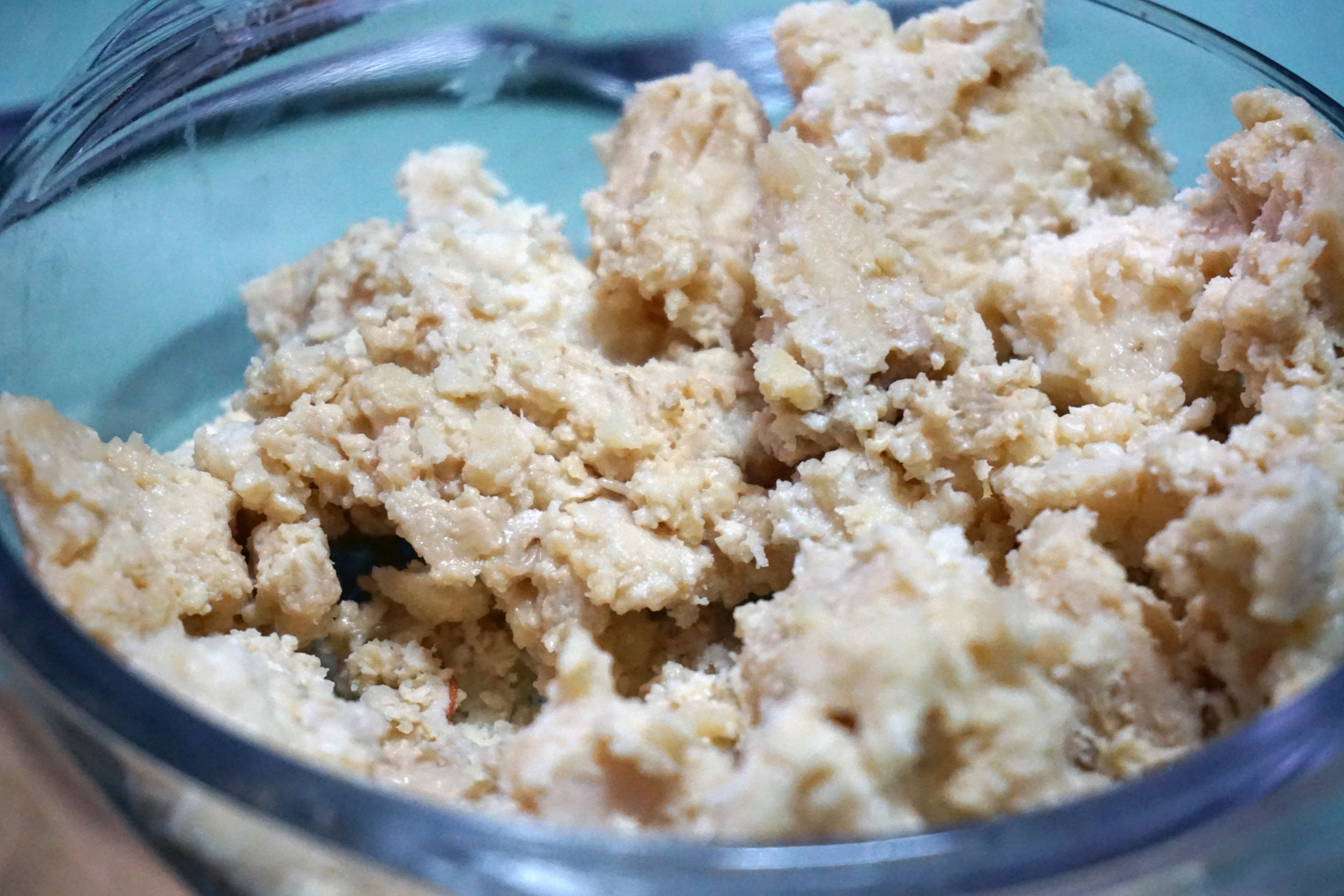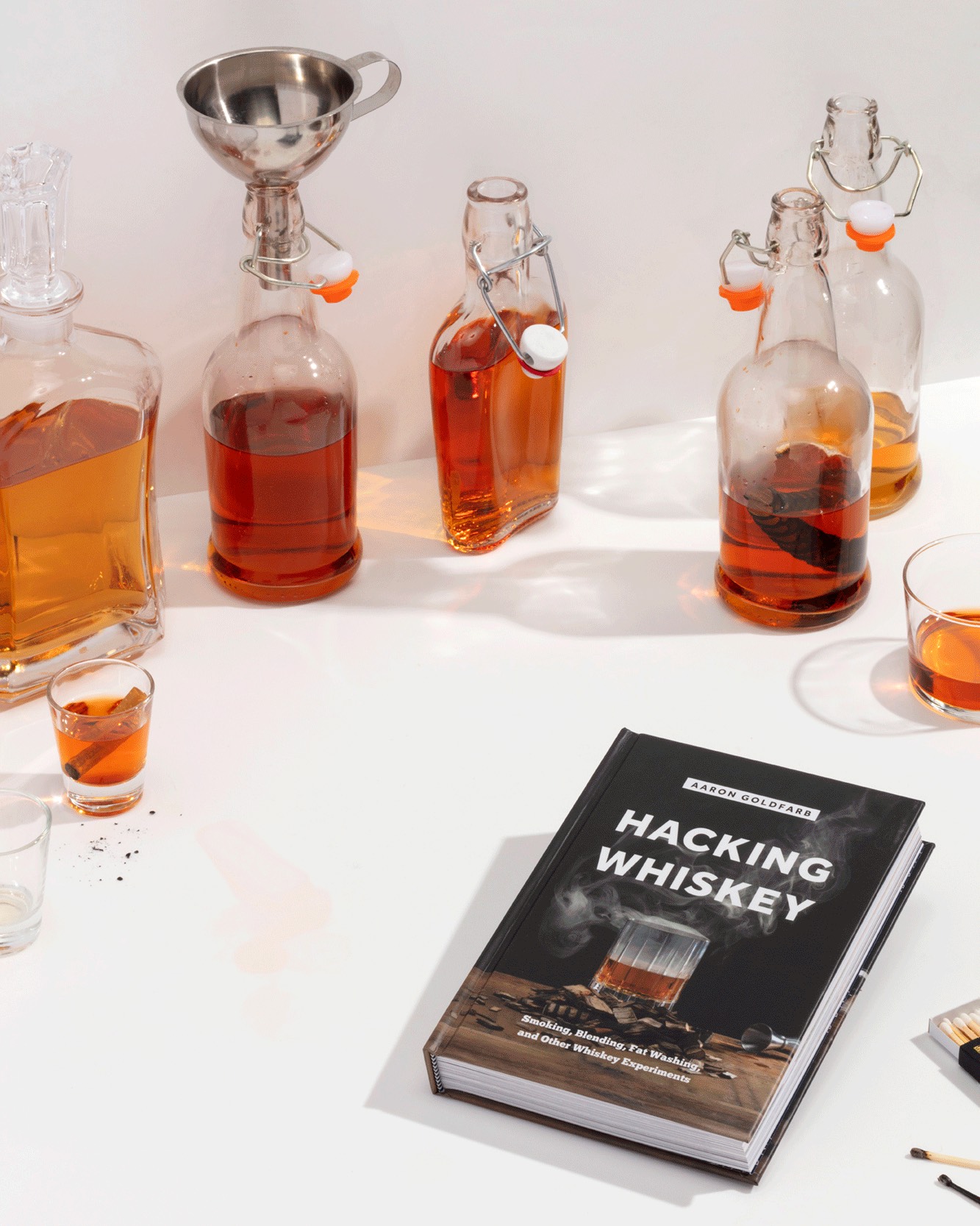Cheese, by its very nature, is an organic, ongoing process. It’s cultivated, mixed, pressed, formed, and often left to age. Except when it’s been specifically processed to counteract this (and can we really call those slices “cheese,” anyway?), cheese is continually becoming cheesier. It can’t stop, won’t stop maturing, ripening, sharpening, and, in the case of moldy cheeses—decaying. So if you’ve ever enjoyed a nice creamy Brie, a marbled gorgonzola or a crumbly blue, you are eating a slowly rotting life form, infested with a parasite—the mold—that is giving the cheese its unique and delicious flavor.
This is the line of thinking I sold myself when I set out to eat casu marzu, the famously rotten cheese of Sardinia that is infested with live maggots. It’s just another form of decay, and I eat decaying cheese all the time. Maggot cheese isn’t that different.
That’s the story I’m going with.
For residents of Sardinia, Italy's second-largest island, casu marzu (literally "rotten cheese") is much more than a culinary curiosity—it's part of their cultural heritage. The sheep's milk cheese gets its flavor and texture thanks to live maggots, who eat the cheese, digest it, and then… expel an acid that causes the hard cheese to break down and become spreadable. The maggots can be introduced deliberately by cutting a hole in the top of a hard wheel of pecorino and pouring in milk—which, when spoiled, acts like a red carpet rolled out for flies who will lay eggs that will hatch into maggots. But more often, a wheel of casu marzu is a happy accident—happy, if you like maggot cheese, that is—that results from a random fly laying her eggs before the cheese rind is fully formed.
The cheese has been consumed on Sardinia for centuries, and harkens back to the island's shepherding traditions and the necessity of adapting foodways in a land of limited resources and hardscrabble existence. Maggots infested your cheese? You eat it anyway. But to the European Union food health authority, casu marzu is a creamy, squirmy wheel of intestinal parasites waiting to happen—commercial production and sale of the cheese have been banned since the 1990s. Some Sards may have been outraged, but as my Sardinian-born friend Vanni reasons, “It’s rotten. You can’t sell food that’s rotten.”
These days, there’s an ongoing effort to get casu marzu declared a traditional food and therefore exempt from EU food laws, as well as studies to produce it in a controlled environment—with sanitary flies that haven’t potentially just flown from dog poop. For now, the EU appears to turn a blind eye to casual production of casu marzu, but you can only find the cheese on Sardinia if you make it yourself, or if you know a guy who knows a guy.
Vanni (who doesn’t want his last name included in a story about his access to illegal cheese) is my guy-who-knows-a-guy. When I expressed curiosity about casu marzu, his eyes danced. “I’ll get some. Next time I come back from Sardinia, we’ll eat it.”
Hold up. I just said I was curious to learn more, not that I necessarily wanted to eat wormy cheese. I’m curious about the Black Death too, but for that I’d rather just read a book. Still, I knew if Vanni said he was going to bring back casu marzu, he was going to bring back casu marzu. And once I was faced with this fabled, forbidden cheese I couldn’t not taste it, right?
Sure enough, as soon as Vanni arrived in our little Umbrian hilltown for the summer, he popped up on Messenger to ask when I wanted to come over for maggots and cheese. I implored my husband—a man who hates even cheese that doesn’t have live worms in it—to come with me for moral support and was met with a cheerful “Fuck no.”
“But how am I going to eat it?” I asked him.
“That’s your problem,” he replied, lovingly. So I went alone.
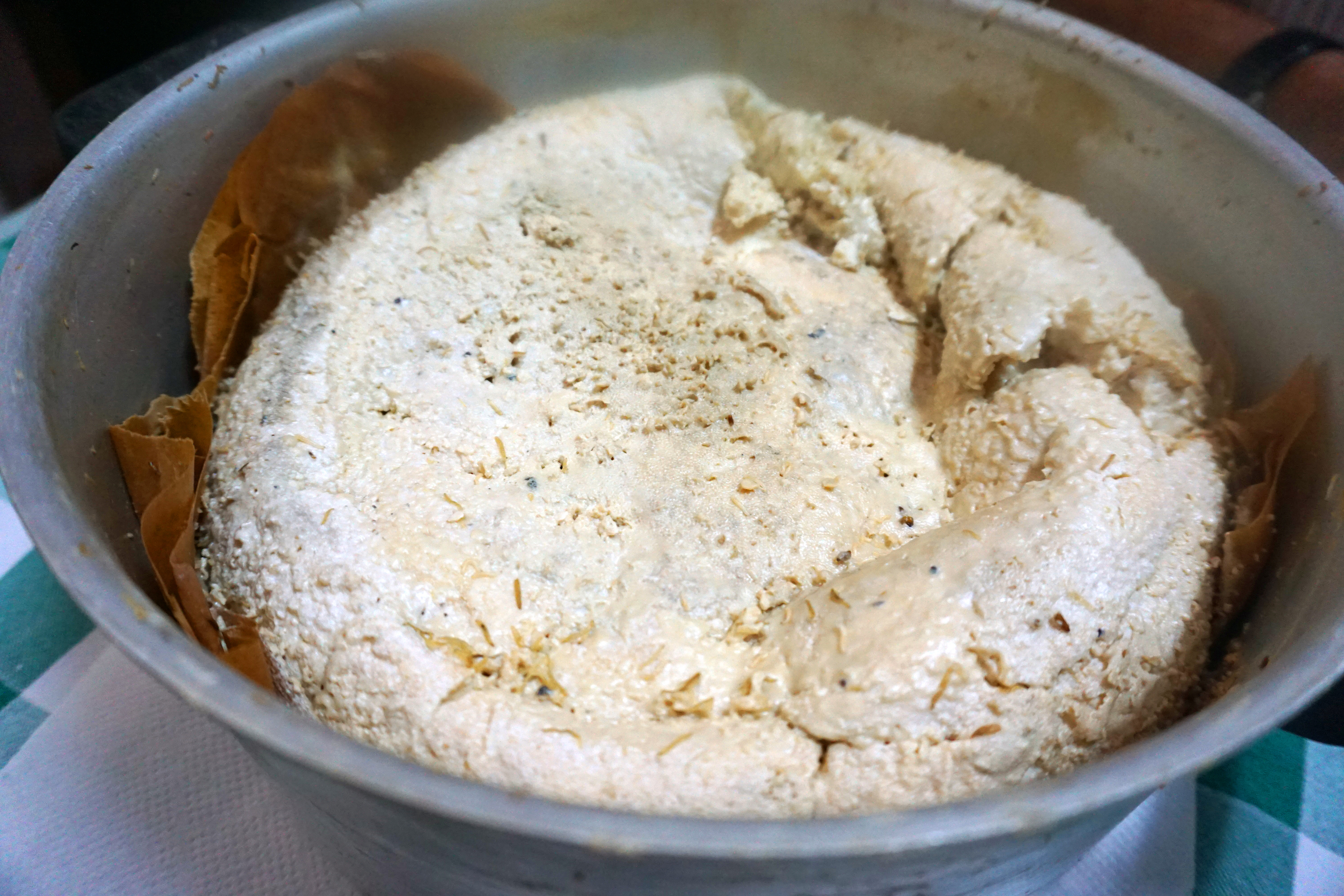
Vanni’s wife cautioned that I should cover my eyes when I ate the cheese, so that the maggots wouldn’t jump into them. Or cover my eyes, I thought, so no one sees me cry while I choke down this cheese. Vanni led me down two flights of stairs to his cantina—these Italian men know a thing or two of mancaves—and gestured toward a deep kitchen pot covered with a dish towel and a lid. He was proud of his contraband, smuggled in the back of his car on an 11-hour ferry ride from Cagliari to the mainland. The room was filled with the pungency of stinky cheese on steroids, like something that was already smelly but then got left in the trunk of a car on a really hot day.
And I was about to pop the trunk and dig in.
Vanni ceremoniously removed the pot lid, the dishtowel, and then, the top rind of the cheese, revealing the squirmy surface of the marzu. The maggots were smaller and less revolting than I expected, but they were everywhere, way too numerous to attempt to pick out of the cheese—just in case anyone would consider trying that. With the lid off and the lights turned on, they started to hop—seriously hop—over the surface of the cheese and onto the table. I watched, transfixed, as one of the tiny worms—which are maybe two millimeters long at the most—contorted onto its tail and launched itself like a spring. It landed on my jeans and jumped away in a nanosecond.
Vanni poured us some Cannonau wine, a Sardinian red that is strong AF and for which I was really, really thankful in that moment. I asked him where he got the cheese, and he pretended not to hear me. I asked again and he mumbled, “Oh a friend.”
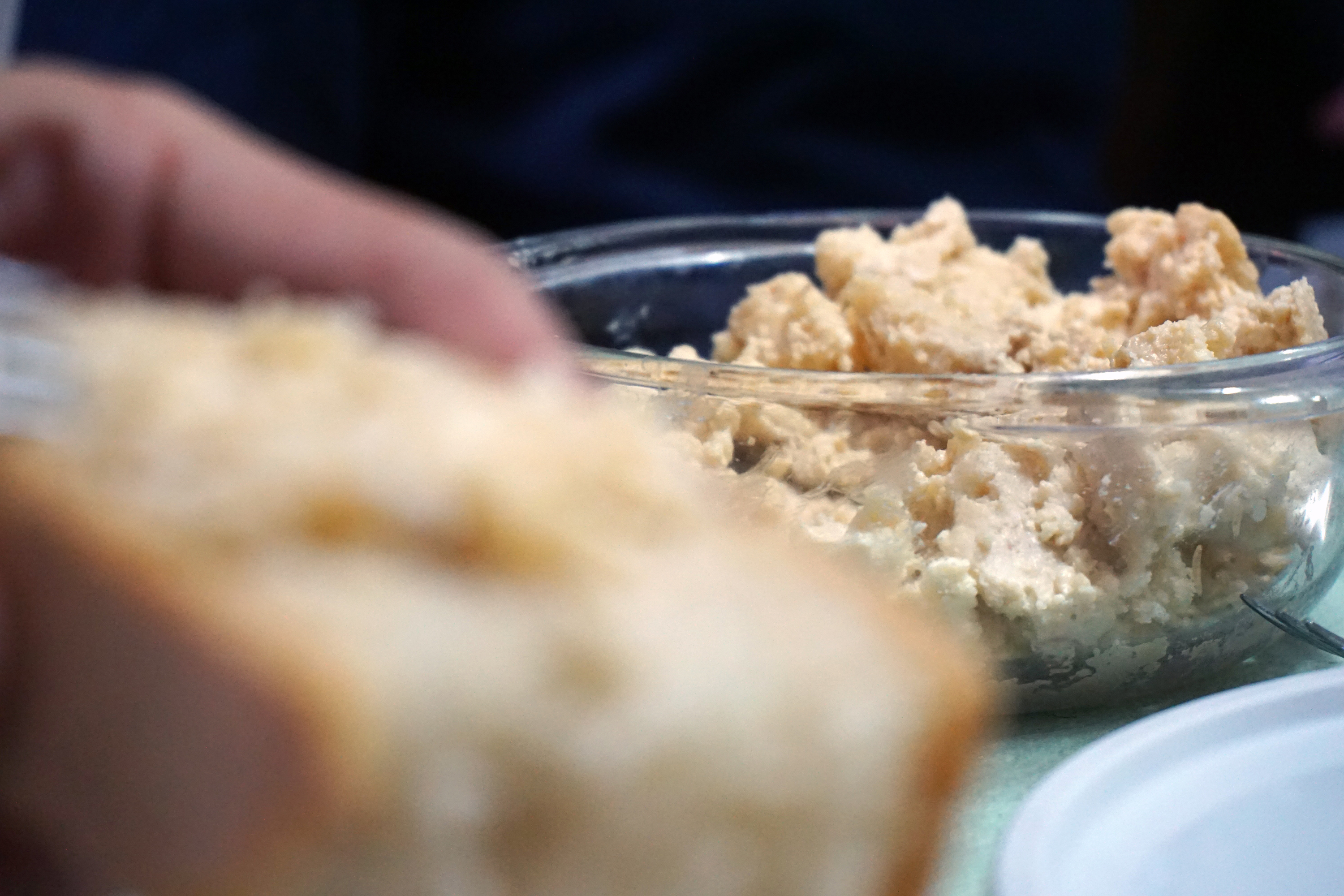
He broke up some pieces of carasau, the paper-thin, crunchy Sardinian flatbread, and proceeded to spread the pungent marzu. He added another piece of flatbread on top—presumably to keep maggots from jumping into my eyes, which was suddenly seeming like a real liability—and my Spartacus moment was upon me.
I tasted the cheese. I washed it down with some wine. I tasted some more. I drank some more wine. I tried not to think of live maggots in my mouth or in my digestive tract. And here’s what I learned about casu marzu:
- It tastes pretty good. If you like strong cheese, like gorgonzola, Stilton or camembert, you will like the taste of casu marzu. If anything beyond medium-sharp cheddar is too cheesy for you, you will fucking hate marzu, maggots or not.
- You can’t feel the maggots in your mouth. But the maggots are very much alive when you start to eat them. As long as you can chew without thinking too hard about it, it’ll be fine.
- You need to wash it down with wine. Between the overwhelmingly strong flavor of the cheese and you know, the whole eating maggots thing, I took a sip after each bite. Cannonau is 15% ABV. Vanni and I killed a bottle.
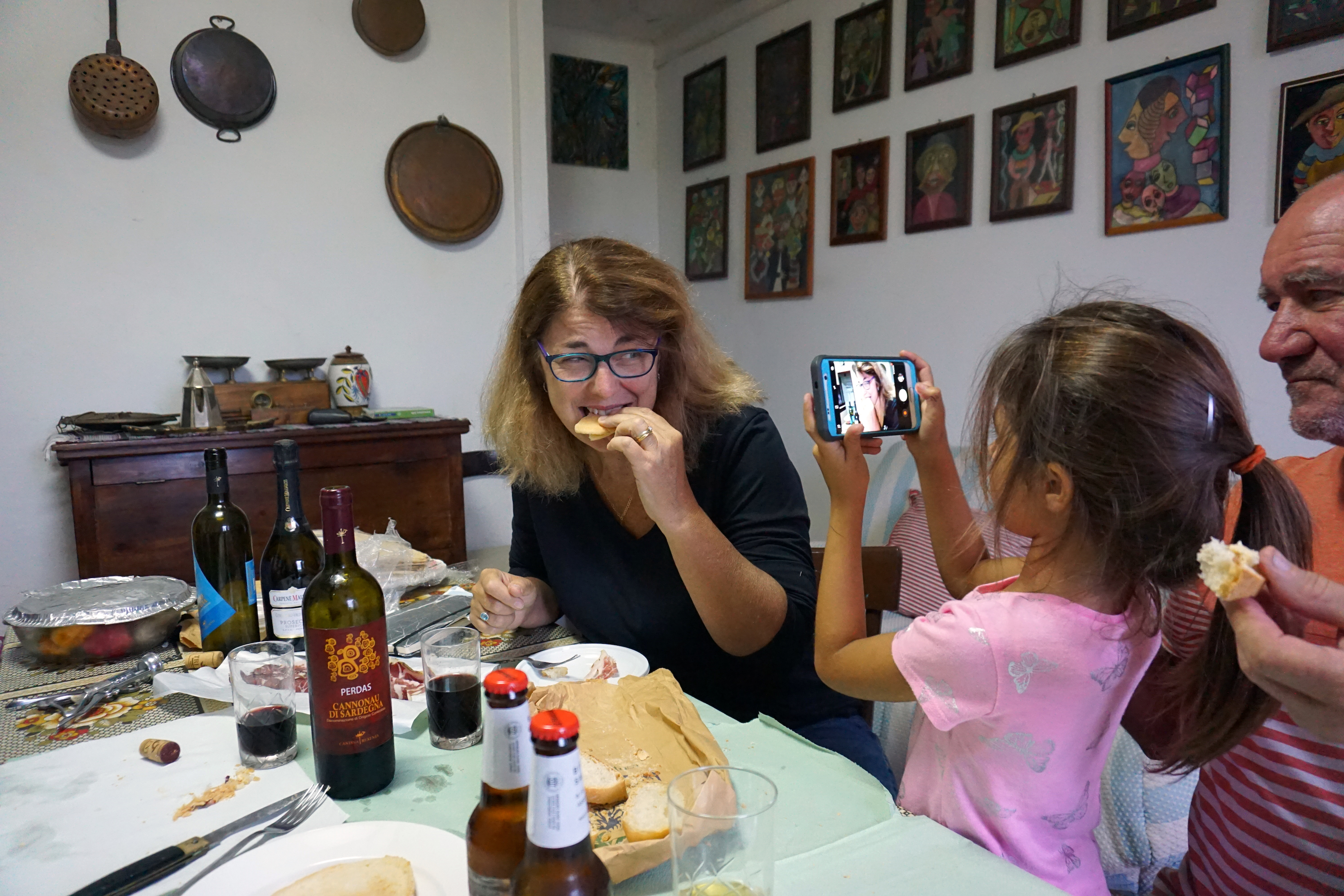
Despite vowing to never seek out casu marzu again, I ended up eating it a second time this past summer, after the worms had mostly died off and the wheel of cheese was almost gone. Everything I’ve ever read about casu marzu claims that you shouldn’t eat it after the maggots have died, but Vanni assured us small group of brave souls that a few dead maggots never killed anybody. And since I had already successfully eaten rotten cheese full of live maggots, I was feeling pretty invincible.
